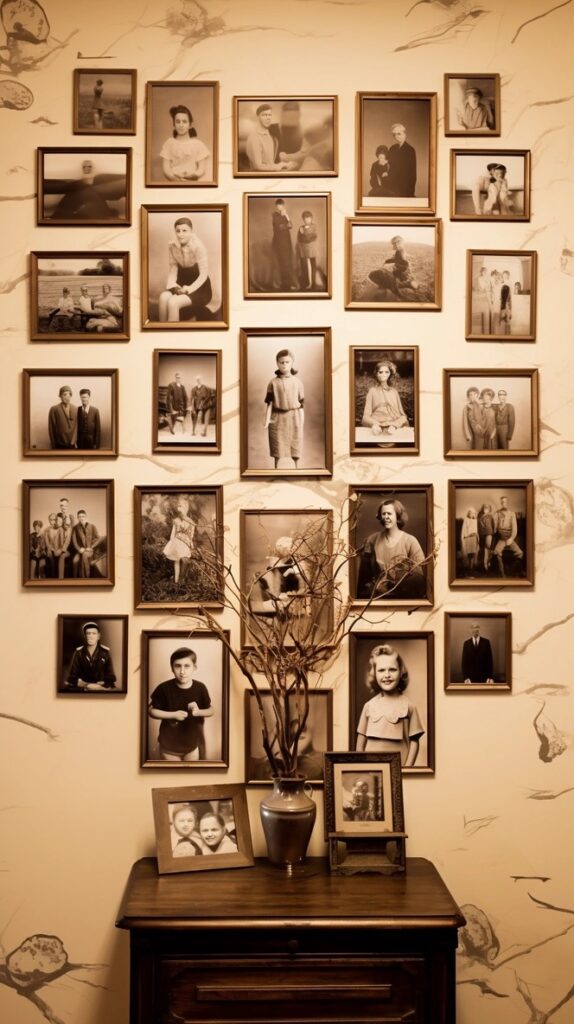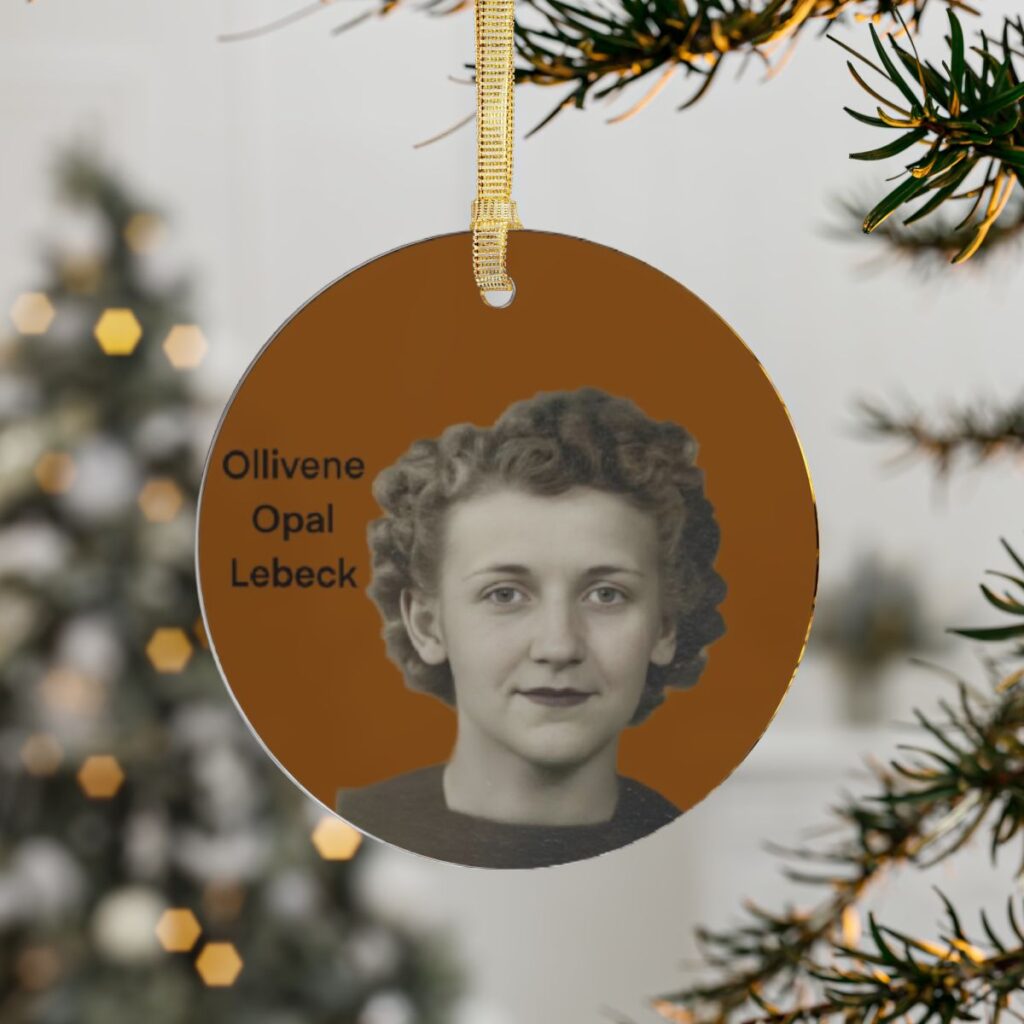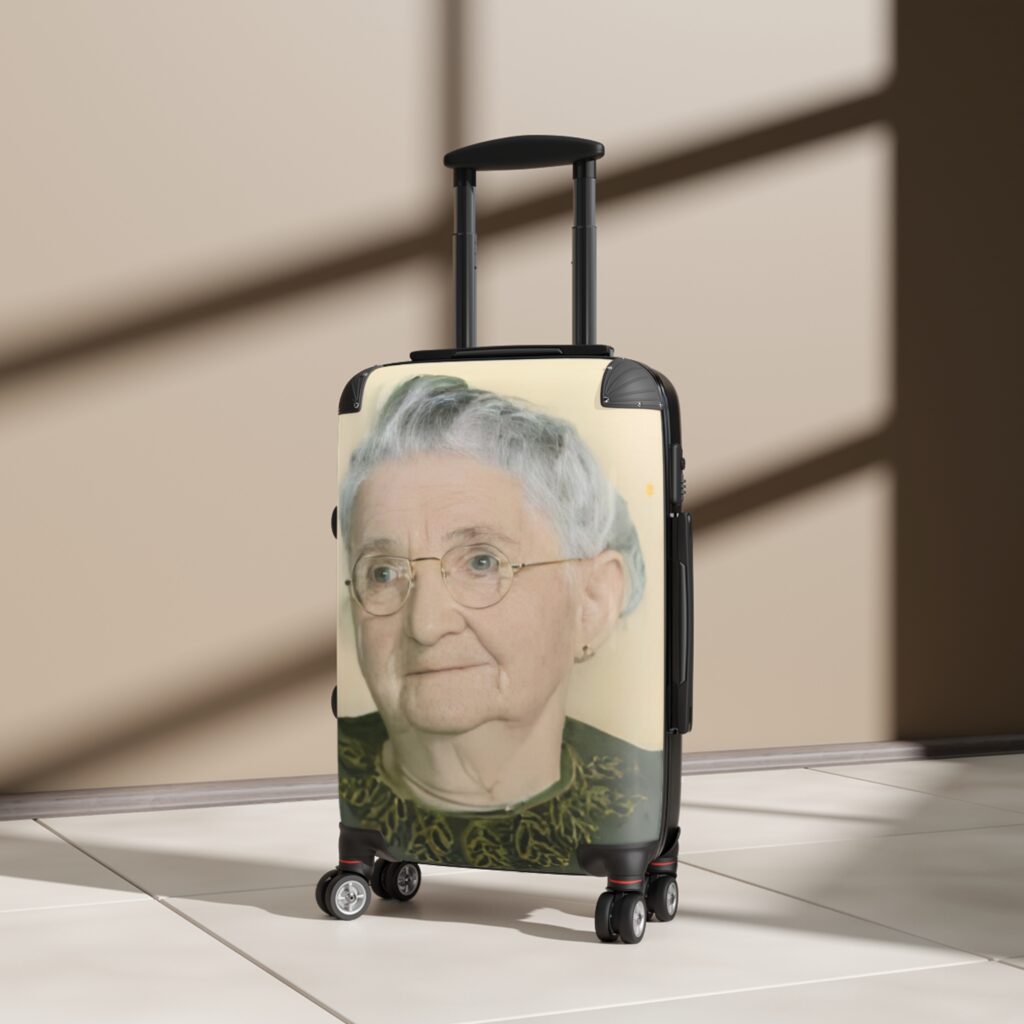
The Photo Return Project
Did I find YOUR ancestors?
I have a habit of collecting photos when I think they hold enough clues to help me find their descendants. Sometimes I’m over-optimistic but often enough I’m able to reunite them with their kin. Sometimes that’s just via genealogy sites, but also sometimes I can mail them the original.
Here you can learn how I do it, why I do it, and look for your ancestors in my collection
Descendants of Dublin?
Legend has it, if you drank from the spring in Paterson New Jersey’s Dublin neighborhood, you will always return. My Great Grandmother Margaret Curtis Brown was born two blocks from the spring at 114 Slater Street, in a house where both of her grandfathers lived and died.
Thanks to lots of free time in 2020, I’ve assembled a list of hundreds of residents of that house and unearthed some fabulous stories.
Wanna time travel?


Merch to Connect w Ancestors
I’ve always been drawn to family photo walls. One of the first moves I made toward rebuilding my life after divorce was print a bunch of family photos, so my kids could see the faces of their ancestors. But you don’t need a photo wall to connect. Framed art is nice but we have so many options today.
How to Research Genealogy, the Ancestor Salvage Way
Always Under Construction fyi




